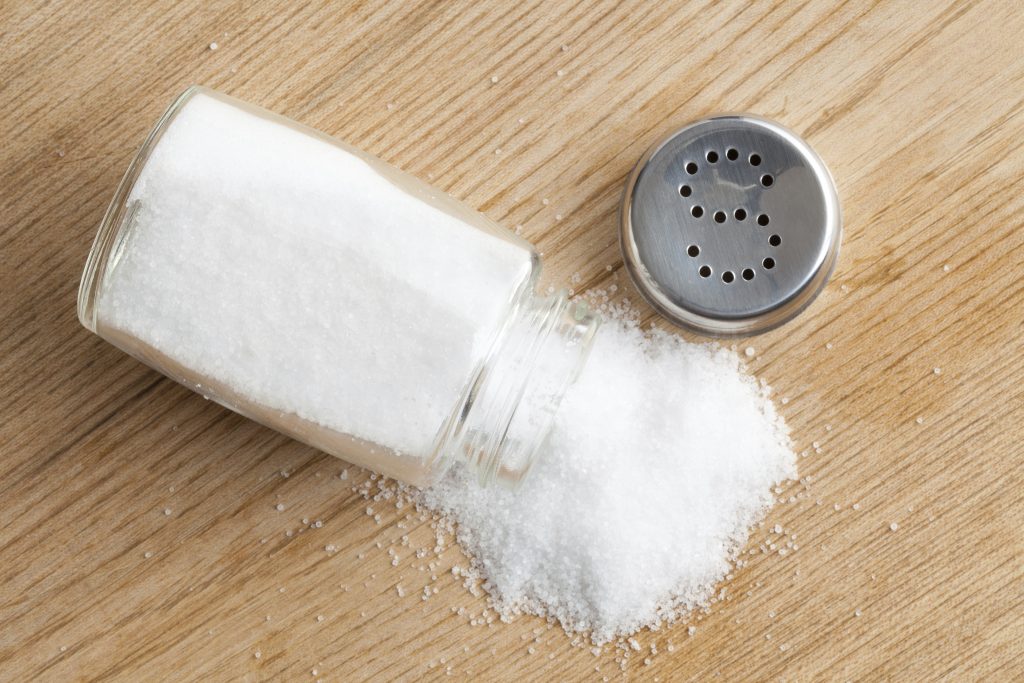“There are many ways of breaking a heart. Stories were full of hearts broken by love, but what really broke a heart was taking away its dream – whatever that dream might be,” said Pearl S. Buck (1892–1973), a bestselling and Nobel Prize–winning author.
What stroke does to a person is to take away a dream. But where there is a will there is a way. Two basic things required for any kind of success are: patience and perseverance. With appropriate help from family, friends and caregivers much can be achieved, although it may take time.
What is more important is to prevent stroke in the general population and especially people who are at a high risk.
A commentary in the Canadian Medical Association Journal (CMAJ November 19, 2013) titled, “Stroke prevention in older adults with atrial fibrillation,” by Michiel Coppens, MD and colleagues, discuss the use of new oral blood thinners that reduced the risk of bleeding in the brain by 30 to 70 per cent compared with warfarin. The new medications were at least as effective as warfarin in preventing stroke due to reduced blood supply to the brain.
People with atrial fibrillation have irregular heartbeats, which make them prone to forming blood clots. Warfarin is the most commonly used drug (also used as rat poison) as a blood thinner in humans to prevent blood clots. The main drawback is that the patient has to have regular blood tests to make sure the blood is not too thin. It may cause internal or external bleeding.
The new oral blood thinners (dabigatran, rivaroxaban and apixaban) are approved in more than 80 countries for stroke prevention in patients with atrial fibrillation. Patients do not require blood tests to check if the blood is dangerously too thin.
According to the CMAJ article, the key points to remember are that many patients do not receive recommended blood thinner treatment. The new oral blood thinners offer consistent benefits over warfarin in older (age 75 years or older) patients with atrial fibrillation.
The article says the rate of internal brain bleeding, the most feared complication of blood thinners, is related to age and is sharply reduced by the new blood thinners relative to warfarin, making these agents particularly attractive for older patients.
Like any new medication, only time will tell whether the drugs are safe and superior to currently used warfarin or should I say rat poison? Talk to you again soon. Take care and don’t forget to listen to music, dance and laugh.
Start reading the preview of my book A Doctor's Journey for free on Amazon. Available on Kindle for $2.99!


